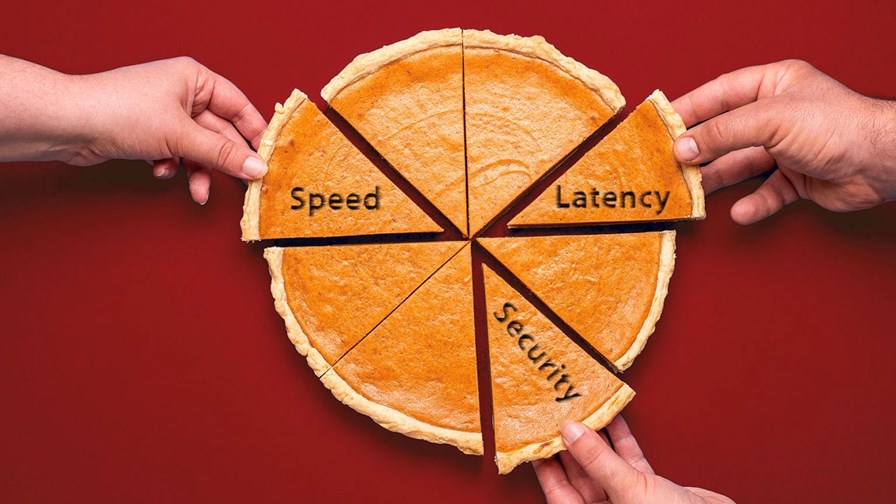
- ABI Research is bullish that 5G slicing revenue will reach a whopping $24bn in 2028
- The architecture could even replace most current private networks, according to the research company
- Its potential, though, will depend on standardisation and uniform practices
- However, other industry analysts are not sold on the network-slicing concept in general
Research company ABI Research has predicted 5G slicing revenue will grow from $309m in 2022 to approximately $24bn in 2028, potentially replacing private networks, but other industry analysts have cast doubt on the essential need to push the architecture.
According to ABI Research’s bullish forecast, 5G slicing will continue to increase at a compound annual growth rate (CAGR) of 106% until 2028, as expectations suggest that enterprises will pay a premium for slicing the network according to their diverse needs and various services.
On top of this skyrocketing growth, ABI Research’s 5G core and edge networks senior analyst, Don Alusha, argued that a “sizeable part” of the private networks market (which is expected to grow from $3.6bn to $109bn by 2030) can be converted to 5G slicing.
Uptake of 5G slicing will initially be driven by the use of fixed wireless access (FWA) by enterprises, the company claimed, and pointed to more than 55 commercial tests and proof of concepts (PoCs) of 5G slicing as examples. Companies involved in such moves include Ericsson, Nokia, Huawei and ZTE. In addition, ABI Research highlighted a tendency for communications service providers (CSPs) in Europe and the Middle East to deploy slices or a separate core network for mission-critical services.
The challenge faced by network slicing backers, Alusha maintained, is the need for consistency and “uniform practices” across multiple domains.
“With 5G slicing, the industry should focus on convenience rather than performance, user experience rather than feature sets and flexibility rather than rigidity. Ultimately, the core of the 5G slicing dream is a business goal, not just a technology goal. It involves taking a quantum leap forward in how business is conducted within the industry and by the industry’s customers,” the analyst suggested.
The industry is also urged to address hurdles relating to commercial models because, as ABI Research stated, “consumers’ and enterprises’ appetite to pay premium connectivity prices for deterministic and tailored connectivity services remains to be determined”. Additionally, there is ongoing uncertainty over whether the value coming from 5G slicing can surpass the cost required to build the underlying ecosystem.
And this is something that industry analyst Dean Bubley, founder of Disruptive Analysis, has been vocal about recently.
Claiming that network slicing is a “massive overreach, both technically and commercially”, he argued that the idea that slicing is a product or that app developers or enterprises will buy a slice is “delusional”. Bubley explained in a lengthy blog post on LinkedIn that ultra-reliable, low-latency slices are not likely to work reliably indoors, underground, in remote areas or while roaming which, in his words, “has been a basic failure of every differentiated-QoS [quality of service] monetisation concept for many years, and 5G’s often-higher frequencies make it worse not better”.
In addition, the analyst argued that there is no “mature machinery” for buying, selling, testing, supporting and price monitoring the slices.
“Thirdly, a local slice of a national 5G network will run headlong into a battle with the desire for separate private/dedicated local 5G networks, which may well be cheaper and easier”, Bubley maintained.
In his view, slicing is, at best, an internal toolset allowing telco operations or product teams to manage their network resources, so it “could be used to separate part of a cell’s capacity for FWA, and dynamically adjust that according to demand”. The architecture might also have a chance of serving as an “ingredient” to create “a higher class of service” for enterprises or as part of a “niche” internet of things offering sold by telcos.
- Yanitsa Boyadzhieva, Deputy Editor, TelecomTV
Email Newsletters
Sign up to receive TelecomTV's top news and videos, plus exclusive subscriber-only content direct to your inbox.




